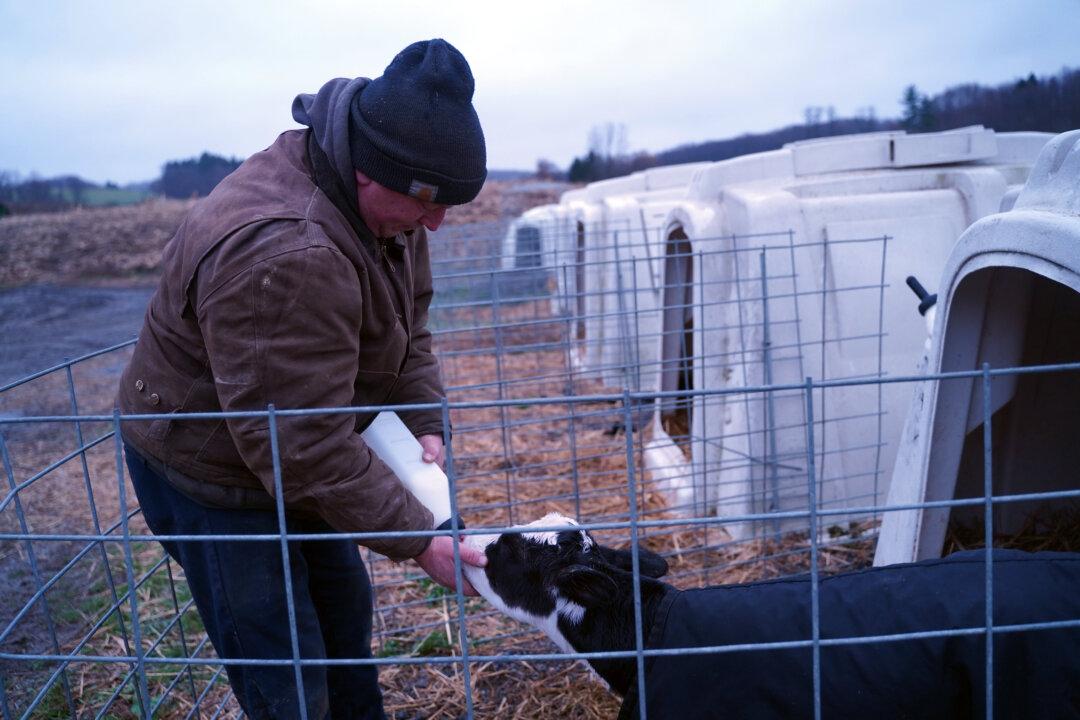NEW YORK—“If I hadn’t done this, I’d have gone out of business by now,” dairy farmer Paul Fouts said as he pointed to the new barn under construction on his property in central New York. It will help house the 150 new cows he recently bought.
When milk prices tanked a few years ago and he was in dire straits like so many other dairy farmers, he decided to throw everything he had at the farm.





